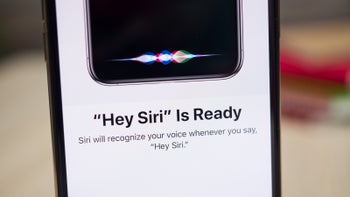New codec will shrink video file sizes by 50%, drastically improve streaming

4K and 8K videos offer amazing quality but one big drawback is the data required to enjoy them makes it harder to stream and store on your devices. And the situation would have been even worse if it wasn’t for compression algorithms. They make file sizes manageable with little or no loss in quality.
One of the most popular compression standards today are H.264 (AVC) and H.265 (HEVC). If you haven’t heard of them, don’t worry. What’s important is that the company that developed them, Fraunhofer, is now ready with the next generation coding standard, aptly called H.266, or VVC (Versatile Video Coding).
The new standard was announced yesterday by Fraunhofer and according to one of the executives responsible for its development, it represents a “quantum leap in coding efficiency”. That sounds good already, but what does it mean in layman’s terms?
The new standard can be used for any type of video, from SD quality all the way up to 8K and even 360-degree videos.
It will be a while before we can experience the benefits of H.266. Fraunhofer says the chips that will be required for its use are being designed right now and the first version of the software that will encode and decode videos using H.266 will be available this fall.
All major smartphone manufacturers are partnering with Fraunhofer already, so you can be sure that sooner or later your device will capable of streaming and recording video content using the new standard.
Needless to say, when H.266 becomes commonplace, it will bring major improvements for users and network operators alike. Reducing the size of the 4K videos you take with your phone is a good enough benefit. Add to it faster 4K video streaming and game streaming and you’re in for some good times.
The new standard was announced yesterday by Fraunhofer and according to one of the executives responsible for its development, it represents a “quantum leap in coding efficiency”. That sounds good already, but what does it mean in layman’s terms?
Well, Fraunhofer says that files encoded with H.266 will be about 50% smaller than if H.265 was used. That means that a 4K video file that’s 10GB now, will be reduced to about 5GB. And in case you were worried, the new codec would provide “equal perceptual quality”, which means the image will look just as good as it did with H.265.
It will be a while before we can experience the benefits of H.266. Fraunhofer says the chips that will be required for its use are being designed right now and the first version of the software that will encode and decode videos using H.266 will be available this fall.
All major smartphone manufacturers are partnering with Fraunhofer already, so you can be sure that sooner or later your device will capable of streaming and recording video content using the new standard.
Needless to say, when H.266 becomes commonplace, it will bring major improvements for users and network operators alike. Reducing the size of the 4K videos you take with your phone is a good enough benefit. Add to it faster 4K video streaming and game streaming and you’re in for some good times.
















Things that are NOT allowed: